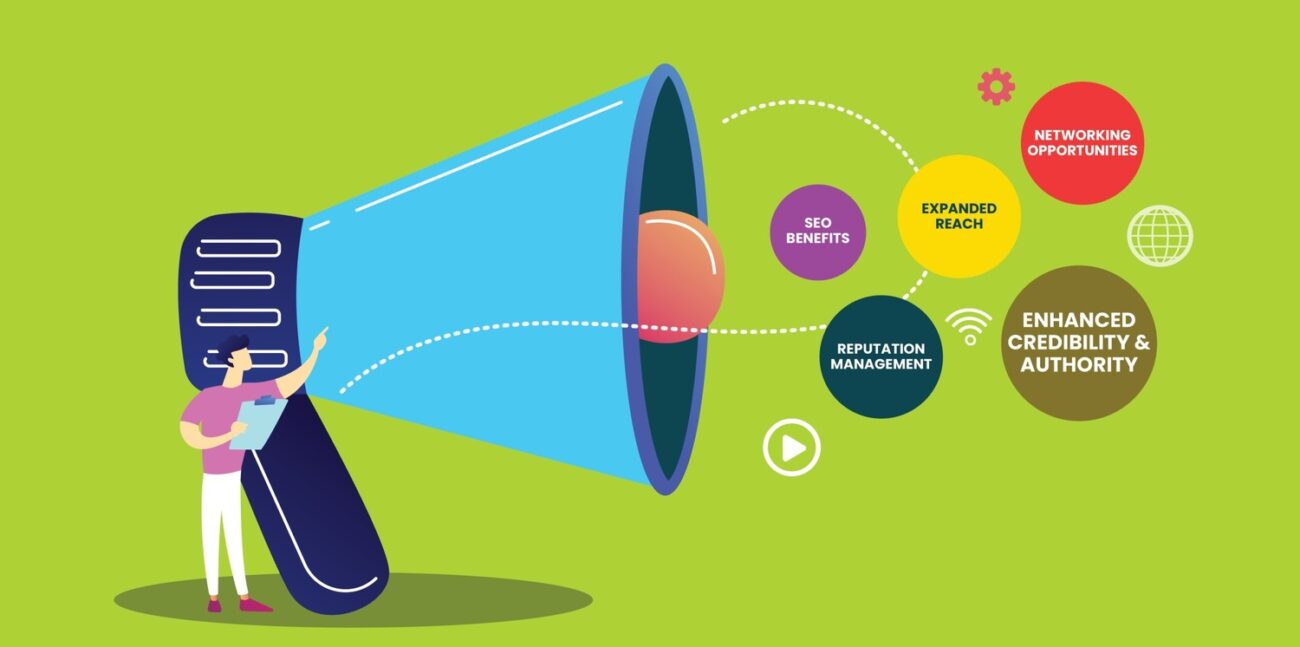As we advance into 2022, it’s essential to understand how technology has influenced the evolution and growth of the Public Relations industry. A decade ago, entering the industry required a basic grasp of media, general knowledge, and good communication skills. Today, expertise in social media and digital platforms is essential, as customer demands and technology continue to reshape the industry. Traditional strategies no longer suffice; everything now revolves around digital marketing and online presence. Companies that embrace new technologies stay ahead, proving the need to evolve with the changing landscape or risk falling behind.
Key Technological Changes in the Public Relations Industry:
- Big Data: Big data encompasses large and complex datasets that can be collected and analysed digitally. These datasets, compiled over extended periods, often include customer purchasing patterns, internet usage trends, and market data. The use of big data in Public Relations has enabled firms to gain deeper insights into long-term market trends and predict future developments. This predictive capability leads to more informed planning and effective strategy formulation.
- New-Age Media: Previously, print and broadcast channels were the dominant forms of media. However, the digital revolution and changing consumer behavior have significantly altered the media landscape. Many traditional publications now have digital versions, offering new opportunities for partnerships and campaigns on these platforms. Rather than relying solely on celebrities, brands are increasingly turning to influencers and bloggers to connect with their target audience. Localized and specialised content, along with the rise of nano-influencers, has gained significant traction in the industry.
- Streamlined PR Processes: Technology has eliminated many routine tasks, making PR professionals more efficient. In the past, press releases had to be manually drafted and distributed. Today, automated programs handle distribution, freeing up time for strategic activities. Additionally, chatbots on websites and social media channels address customer queries around the clock. Building media contact lists, which was once a tedious process, is now simplified by digital tools, allowing professionals to focus on crafting tailored pitches and strengthening media relations.
- Social Media Monitoring: The core of Public Relations has always been media monitoring, but technology has completely revamped how it’s done. Traditional media monitoring used to focus on print and broadcast, but now it includes tracking social media impressions and online sentiment. With advanced data analytics, businesses can now keep an eye on what people are saying about them online, providing a comprehensive view of their brand reputation.
- Blockchain Technology: While blockchain is commonly associated with cryptocurrencies, it has found applications in Public Relations as well. Blockchain enables PR professionals to track media coverage more accurately, verify who has viewed content, and analyse campaign effectiveness. By storing data in transparent blocks, companies can see exactly where their content appears, how many people engage with it, and what other content is shown alongside it.










